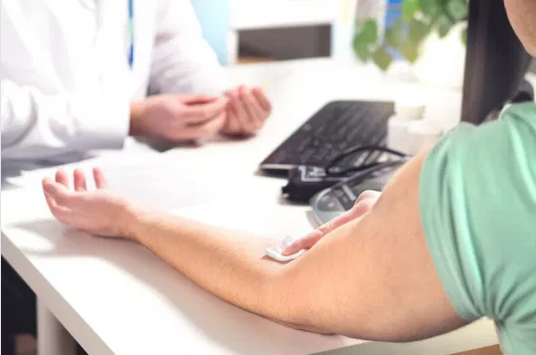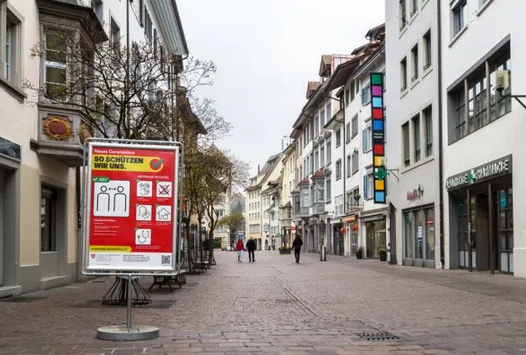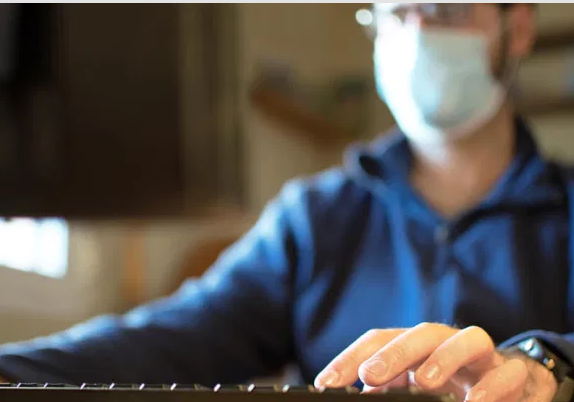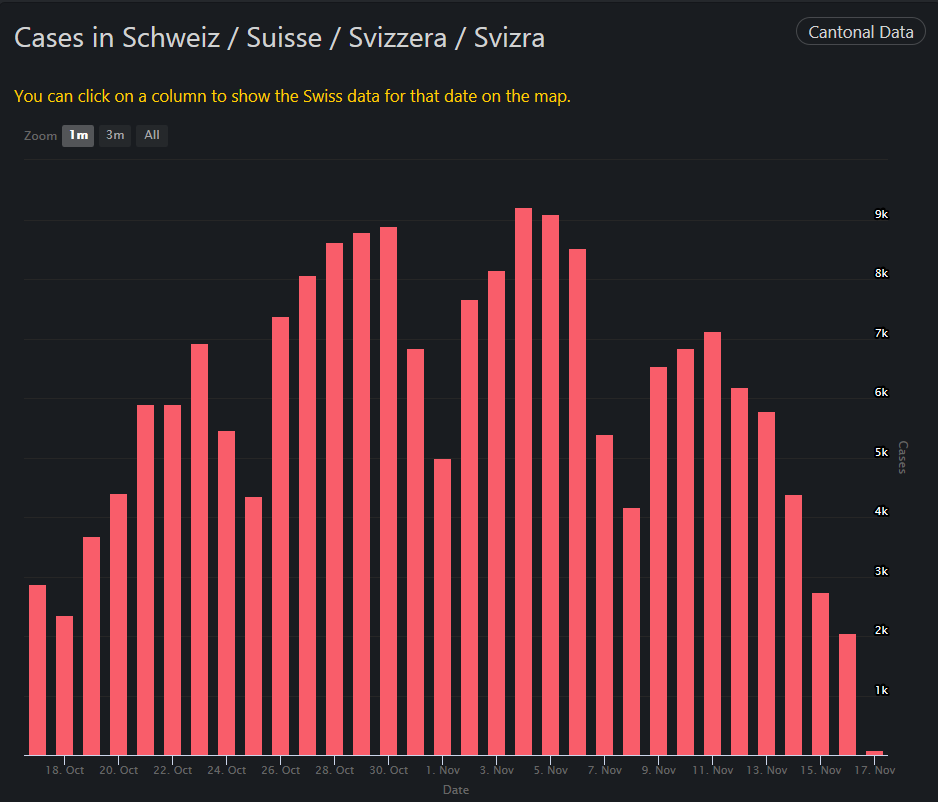An update to an antibody study conducted by HUG and UNIGE suggests that 22% of Geneva’s population had been exposed to the SARS-CoV-2 virus by December 2020. The study which began earlier in the year, and involved 2,072 people, suggests the number of people infected has doubled since June 2020 when 11% of the study sample tested positive for antibodies. © Tero Vesalainen | Dreamstime.com The latest results suggest the official number of cases significantly underestimates the actual number. 22% of Geneva’s population is around 110,000, a figure 2.9 times higher than the roughly 38,000 official recorded cases. Among those 65-74 the percentage testing positive was 14% and among those over 75 it was 10%. These rates are significantly lower than among 18-25 years
Topics:
Investec considers the following as important: 3.) Health, 3) Swiss Markets and News, Coronavirus Switzerland, Covid-19 Switzerland, Editor's Choice, Featured, health, newsletter, SARS-CoV-2 Switzerland
This could be interesting, too:
Investec writes The global brands artificially inflating their prices on Swiss versions of their websites
Investec writes Swiss car insurance premiums going up in 2025
Investec writes The Swiss houses that must be demolished
Investec writes Swiss rent cuts possible following fall in reference rate
| An update to an antibody study conducted by HUG and UNIGE suggests that 22% of Geneva’s population had been exposed to the SARS-CoV-2 virus by December 2020.
The study which began earlier in the year, and involved 2,072 people, suggests the number of people infected has doubled since June 2020 when 11% of the study sample tested positive for antibodies. |
|
| The latest results suggest the official number of cases significantly underestimates the actual number. 22% of Geneva’s population is around 110,000, a figure 2.9 times higher than the roughly 38,000 official recorded cases.
Among those 65-74 the percentage testing positive was 14% and among those over 75 it was 10%. These rates are significantly lower than among 18-25 years olds (27%) and 25-35 year olds (28%). |
Daily New Cases in Switzerland, December 18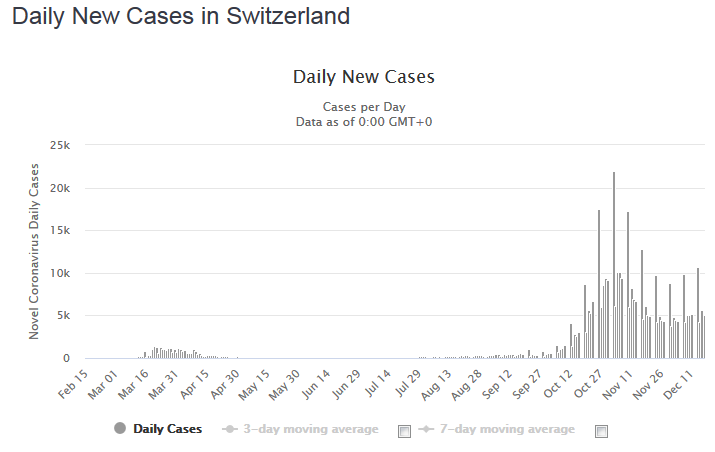 Source: worldometers.info - Click to enlarge |
The relatively low percentage of older people with antibodies might reflect the success of measures aimed at shielding this vulnerable group. It might also reflect a weaker immune response.
If antibody rates were an accurate reflection of infection rates then the infection fatality rate (IFR) in Geneva would be around 0.6% (608/110,000). If the average rate was applied uniformly across all age groups, the fatality would be more than double this.
Among children over 6, the antibody rate was 23%. This suggests the virus has spread at a similar rate among children as it has among young and middle-aged adults. “Even if children rarely develop serious forms of the disease they infect each other as much as adults and transmit the virus in the same way”, said epidemiologist Silvia Stringhini.
This combination of low rates of antibodies among over 65s and infectiousness among children should make us extremely cautious about intergenerational mixing, warned the epidemiologist.
These figures also suggest that vast majority of the population has no antibody protection, particularly those in the most vulnerable age group.
Tags: Coronavirus Switzerland,Covid-19 Switzerland,Editor's Choice,Featured,Health,newsletter,SARS-CoV-2 Switzerland

